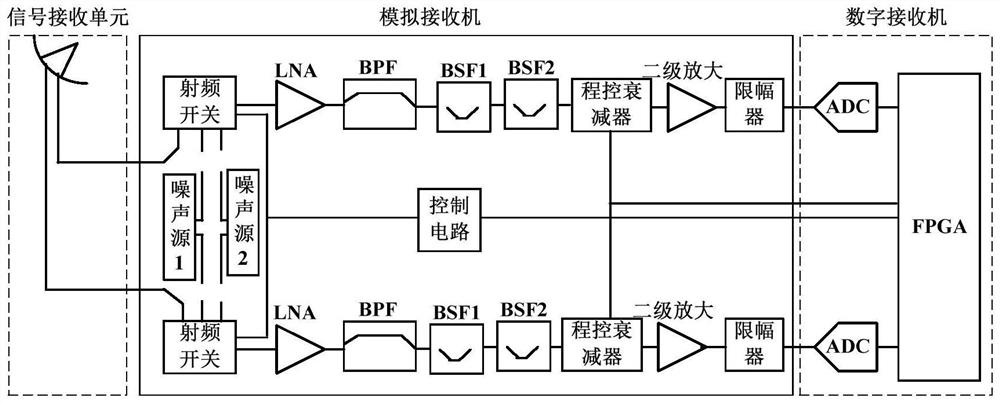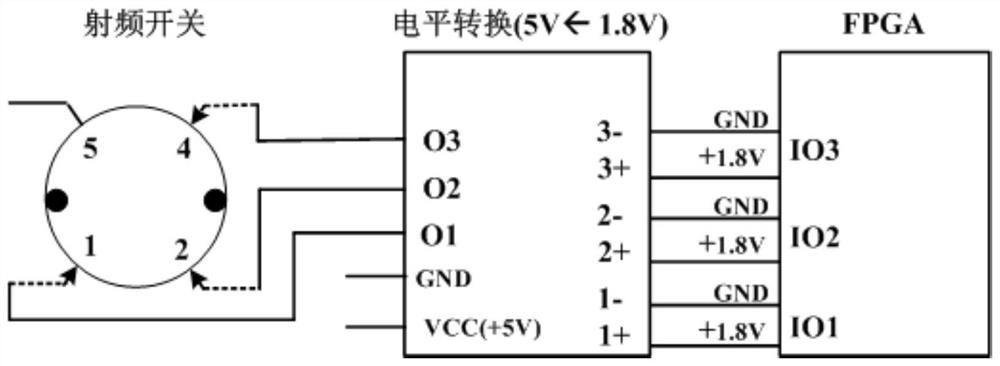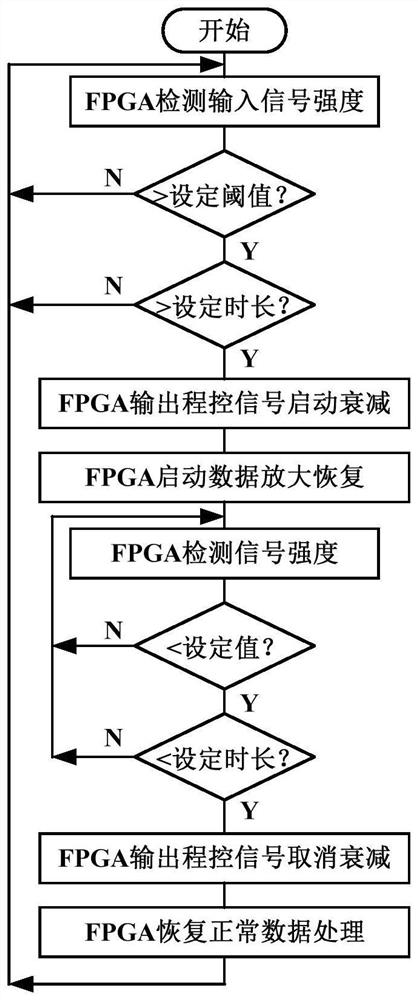Solar radio frequency spectrograph receiving system and method
A solar radio and receiving system technology, applied in the field of radio spectrum analyzers, can solve the problems of poor in-band clutter suppression, fundamental wave mixing local oscillator leakage, digital receiver damage, etc. The effect of large gain and reduction of transmission line loss differences
- Summary
- Abstract
- Description
- Claims
- Application Information
AI Technical Summary
Problems solved by technology
Method used
Image
Examples
Embodiment 1
[0037] This embodiment provides a solar radio spectrum instrument receiving system, such as figure 1 As shown, it includes a signal receiving unit, an analog receiver and a digital receiver connected in sequence, and the signal receiving unit adopts an antenna system for receiving solar radio signals or other space electromagnetic signals.
[0038] Since the sun’s opening angle to the earth is only 0.5 degrees, in order to achieve high-precision collection of solar radiation electromagnetic signals and reduce interference from other signals, the antenna system needs to have good directivity. The antenna system of this embodiment includes an antenna with a diameter of 12 meters and a dual-linear polarization feed system. The antenna has a parabolic reflector, and the dual-linear polarization feed system is arranged at the focal point of the reflector.
[0039] The solar radiation electromagnetic signal is converged to the feed source system at the focal point through the reflec...
Embodiment 2
[0068] This embodiment provides a receiving method for a solar radio spectrum instrument. The system described in Embodiment 1 is adopted. Since the above-mentioned system processes the horizontal signal and the vertical signal of the antenna system in the same way, this embodiment takes the horizontal signal as an example. Instructions, the specific processing steps are as follows:
[0069] Step 1: The horizontal signal received by the antenna enters an analog channel through one end of the RF switch.
[0070] Step 2: In order to reduce the system noise figure, the horizontal input signal through the RF switch is first amplified by a low-noise amplifier (LNA).
[0071] Step 3: In order to ensure the frequency range of the input signal, the signal is filtered through a band-pass filter (BPF) with a frequency range of 90-600 MHz.
[0072] Step 4: In the field electromagnetic environment test of the observation station, it is found that there are frequent and relatively strong ...
Embodiment 3
[0083] In this embodiment, the signal receiving unit of the system described in Embodiment 1 is simulated and verified, as shown in Figure 4(a)-Figure 4(c), and the following conclusions are obtained:
[0084] (1) The antenna gain is high, not less than 17.1dBi, of which 90MHz: 17.1dBi; 200MHz: 23.9dBi; 400MHz: 29.9dBi; 600MHz: 33.3dBi.
[0085] (2) The beam is narrow.
[0086] The system gain of one channel of the analog receiver system is as follows: Figure 5 Shown, show that embodiment one is feasible, can be well used for receiving the solar radio signal of 90-600MHz, and carry out solar radio burst research.
PUM
 Login to View More
Login to View More Abstract
Description
Claims
Application Information
 Login to View More
Login to View More - R&D
- Intellectual Property
- Life Sciences
- Materials
- Tech Scout
- Unparalleled Data Quality
- Higher Quality Content
- 60% Fewer Hallucinations
Browse by: Latest US Patents, China's latest patents, Technical Efficacy Thesaurus, Application Domain, Technology Topic, Popular Technical Reports.
© 2025 PatSnap. All rights reserved.Legal|Privacy policy|Modern Slavery Act Transparency Statement|Sitemap|About US| Contact US: help@patsnap.com



